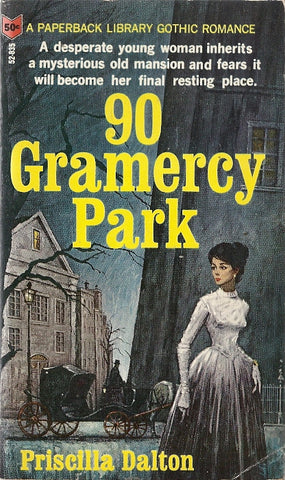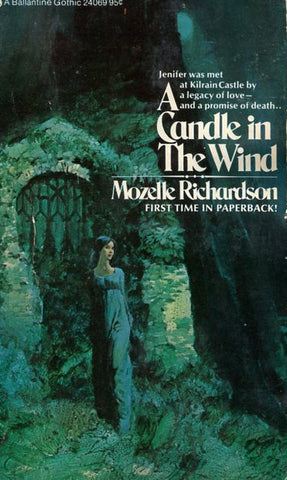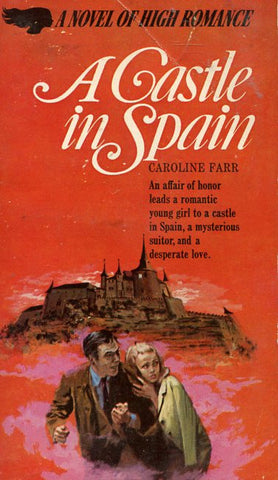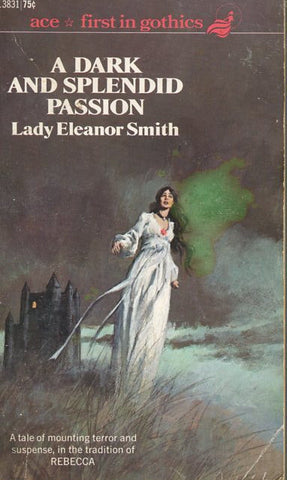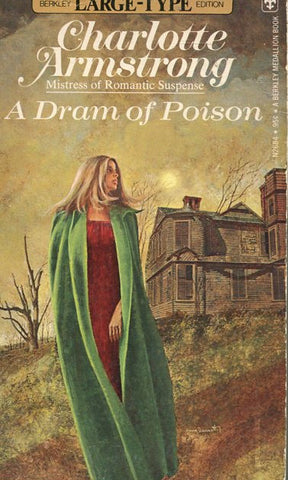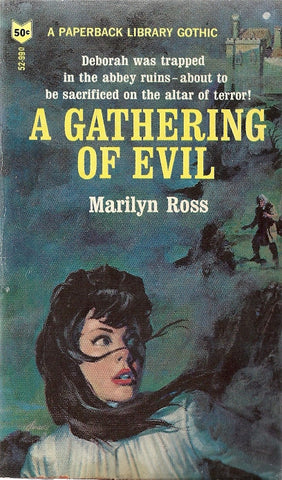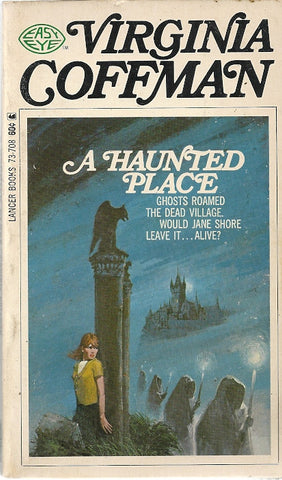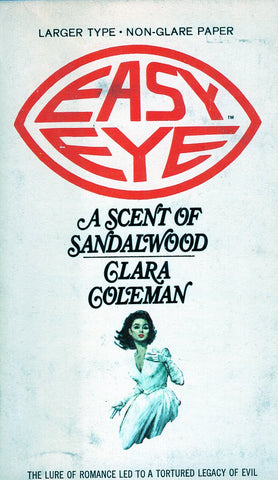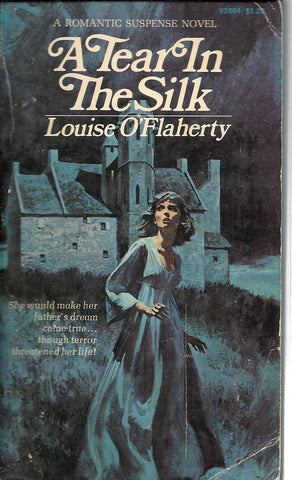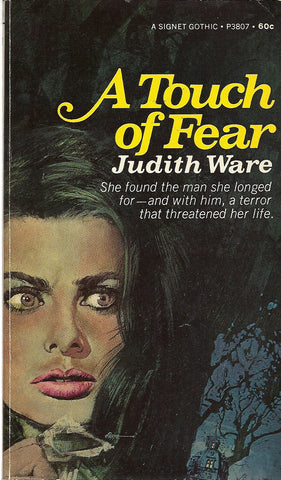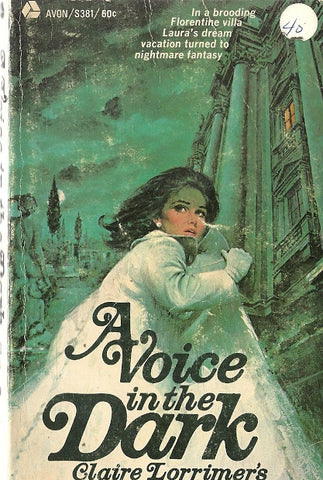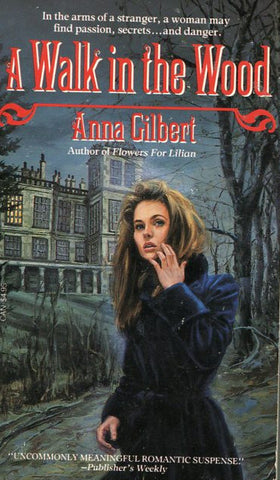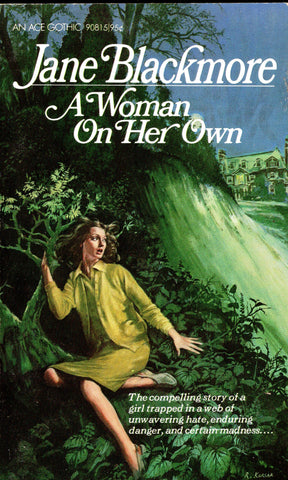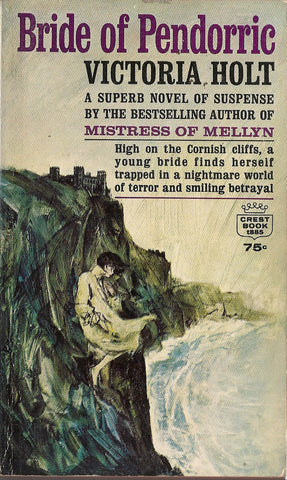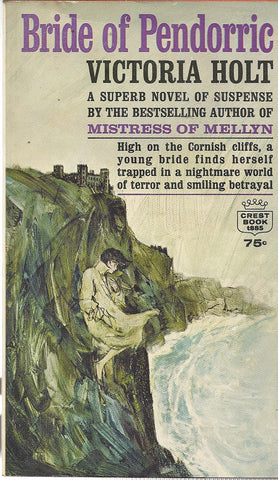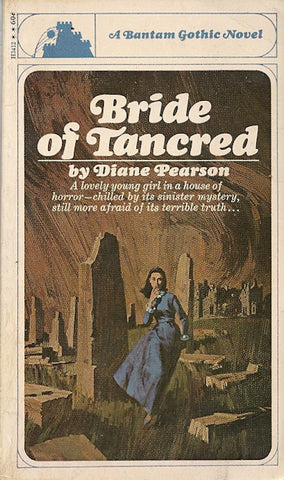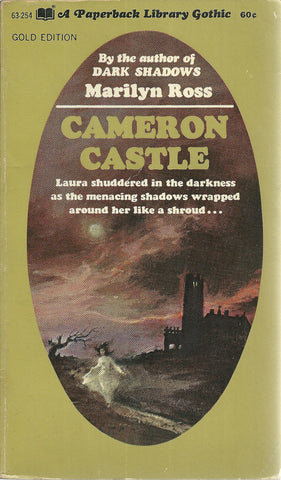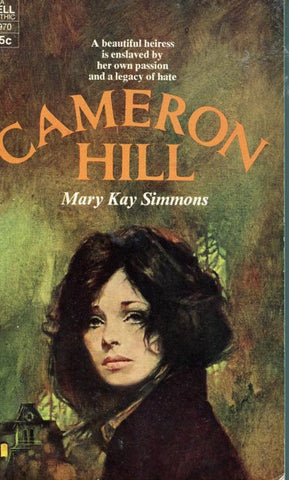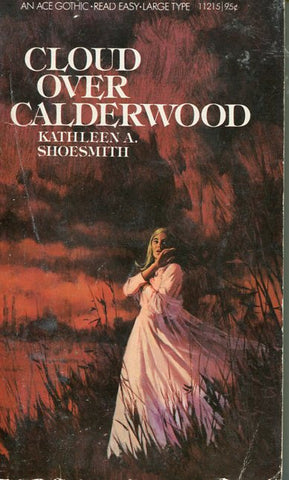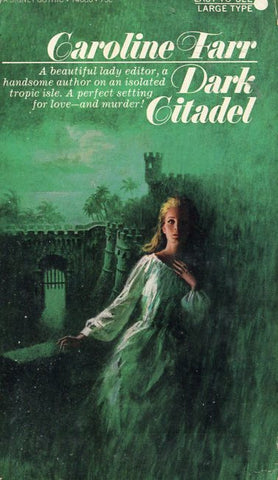Gothic
Gothic fiction, which is largely dominated by the subgenre of Gothic horror, is a genre or mode of literature that combines fiction, horror and Romanticism. Its origin is attributed to English author Horace Walpole, with his 1764 novel The Castle of Otranto, subtitled (in its second edition) "A Gothic Story." The effect of Gothic fiction feeds on a pleasing sort of terror, an extension of Romantic literary pleasures that were relatively new at the time of Walpole's novel. Melodrama and parody (including self-parody) were other long-standing features of the Gothic initiated by Walpole. It originated in England in the second half of the 18th century and had much success in the 19th, as witnessed by Mary Shelley’s Frankenstein and the works of Edgar Allan Poe. Another well known novel in this genre, dating from the late Victorian era, is Bram Stoker’s Dracula. The name Gothic refers to the (pseudo)-medieval buildings in which many of these stories take place. This extreme form of romanticism was very popular in England and Germany. The English Gothic novel also led to new novel types such as the German Schauerroman and the French roman noir.
- Page 1 of 8
- Next
